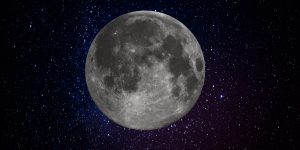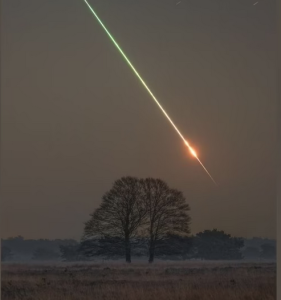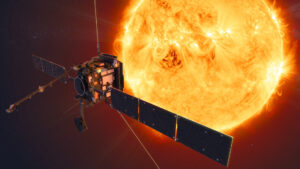Tokyo-Based Company Plans to Create Artificial Meteor Showers
6th Apr 2023
If you’ve ever been lucky enough to see a meteor shower, you will know how incredible it truly is, and now a company is setting out to produce artificial meteor showers in our skies.
ALE, the Japanese company, is planning to launch a satellite that can release small, shooting pellets around the sky, which will create a stunning light show. It’s called Sky Canvas.
But Sky Canvas is more than just entertainment. In such a way, the company plans to create human-made shooting stars to collect new data on the mechanisms of climate change. Their launch could be as soon as 2025, giving the world a glimpse of a meteor shower developed right here on Earth.
Why do we need artificial meteor showers?
This is not just for the sake of looking at some pretty lights in the sky. The Sky Canvas project will be able to collect data about the atmosphere from the Mesosphere. The Mesosphere is 22 miles thick and is a layer of our atmosphere where gases tend to be mixed rather than being settled and layered by mass.

The Mesosphere is notoriously too low to be properly analyzed by satellites but also too high for weather balloons or current aircraft, meaning there’s a bit of a black hole in our knowledge (pun intended).
ALE will address this by using gas tanks to shoot pellets out of a satellite which also collects data that could be crucial in tackling climate change. This is, of course, very different from the meteor showers that occur naturally, which contain pieces of ice and rocks that are breaking off of comets.
Lena Okajima, the founder of ALE, recently spoke to The Independent about the project:
“By combining critical climate research with a new form of space entertainment, we believe we can further our scientific understanding of climate change while also inspiring curiosity and interest in people all over the world about space and the universe.”
The particles that will replicate shooting stars are around 1 cm in size each and will be carried into a low-Earth orbit before being released.






Thank you for your comment! It will be visible on the site after moderation.